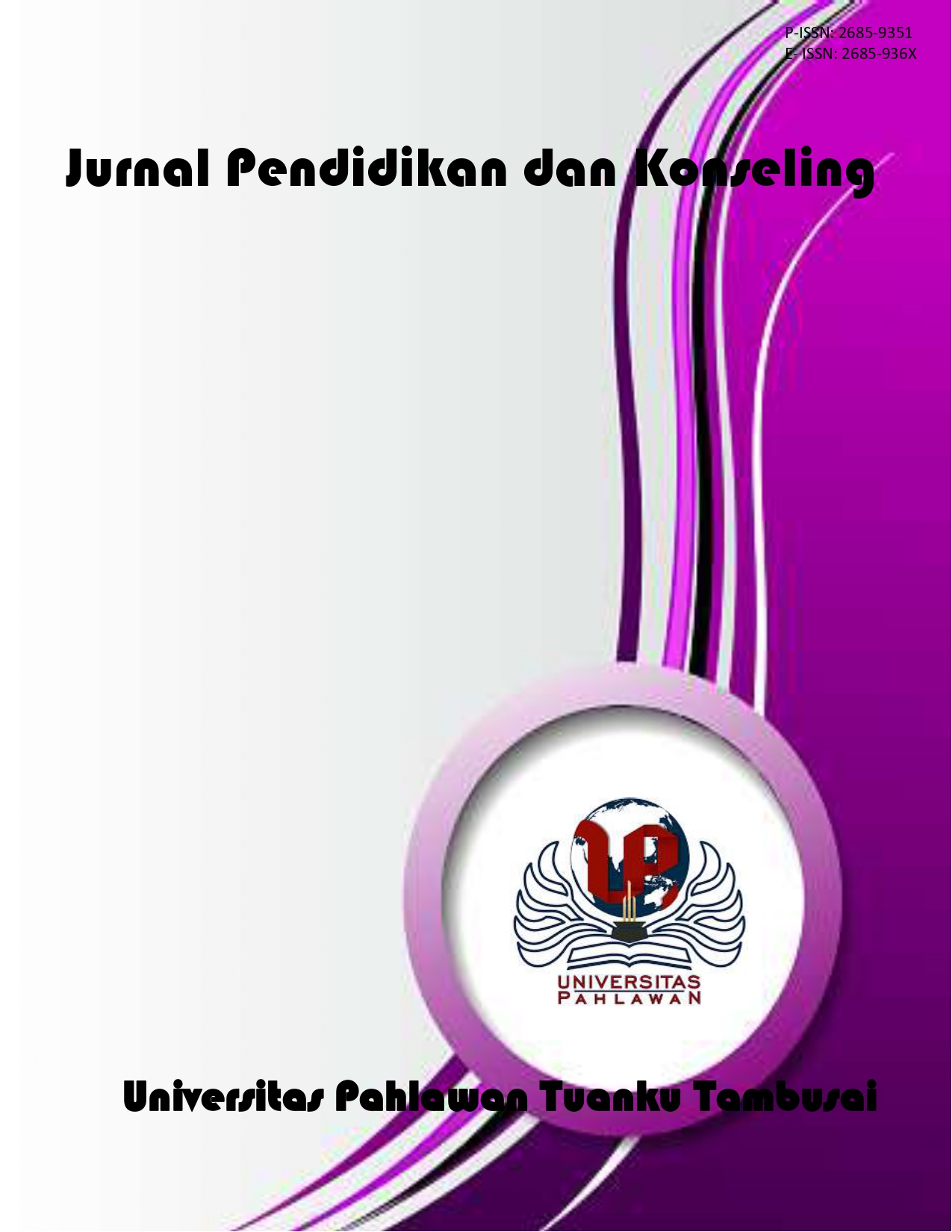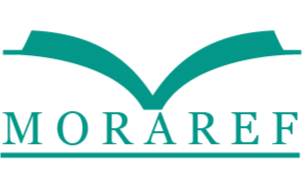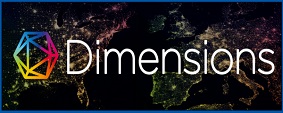The Relationship between the Use of the Kahoot Application and Mathematics Learning Outcomes in the Online Learning Process for Elementary School Students
DOI:
https://doi.org/10.31004/jpdk.v5i1.11170Abstract
Penelitian ini bertujuan untuk meningkatkan hasil belajar matematika di sekolah dasar melalui penggunaan aplikasi Kahoot dalam proses pembelajaran online. Jenis penelitian ini adalah penelitian kuantitatif-korelasi. Subjek penelitian adalah 32 siswa kelas III SDN Tengah 03 Pagi. Penelitian ini memiliki dua variabel yaitu penggunaan aplikasi Kahoot (X) dan hasil belajar matematika (Y). Selanjutnya, peneliti yang digunakan adalah one-group posttest-only design. Hasil penelitian mengenai proses pembelajaran online menggunakan aplikasi Kahoot menunjukkan adanya peningkatan hasil belajar matematika siswa. Oleh karena itu, dapat disimpulkan bahwa pembelajaran matematika dan penggunaan aplikasi Kahoot dalam proses pembelajaran online saling berhubungan. Dengan kata lain, penggunaan aplikasi Kahoot memiliki hubungan dengan hasil belajar matematika siswa sekolah dasar dalam proses pembelajaran online. Hal ini dibuktikan dengan hasil analisis yang menunjukkan koefisien korelasi sebesar 0,375, sedangkan r_tabel dengan tingkat signifikansi 5% adalah 0,361. Artinya r_hitung > r_tabel (0,375 > 0,361) dengan p-value yang diperoleh 0,021 (< 0,05).Downloads
Published
2023-01-07
How to Cite
Wati, D. P. ., Fatayan, A. ., Aproyanto, I. ., & Ayu, S. . (2023). The Relationship between the Use of the Kahoot Application and Mathematics Learning Outcomes in the Online Learning Process for Elementary School Students. Jurnal Pendidikan Dan Konseling (JPDK), 5(1), 1554–1558. https://doi.org/10.31004/jpdk.v5i1.11170
Issue
Section
Articles
License
Copyright (c) 2023 Dita Prihatna Wati, Arum Fatayan, Iqbal Aproyanto, Sartika Ayu

This work is licensed under a Creative Commons Attribution-ShareAlike 4.0 International License.
Authors retain copyright and grant the journal right of first publication with the work simultaneously licensed under a Creative Commons Attribution-ShareAlike 4.0 International License that allows others to share the work with an acknowledgement of the works authorship and initial publication in this journal. Authors are able to enter into separate, additional contractual arrangements for the non-exclusive distribution of the journals published version of the work (e.g., post it to an institutional repository or publish it in a book), with an acknowledgement of its initial publication in this journal. Authors are permitted and encouraged to post their work online (e.g., in institutional repositories or on their website) prior to and during the submission process, as it can lead to productive exchanges, as well as earlier and greater citation of published work (See The Effect of Open Access).





.png)










